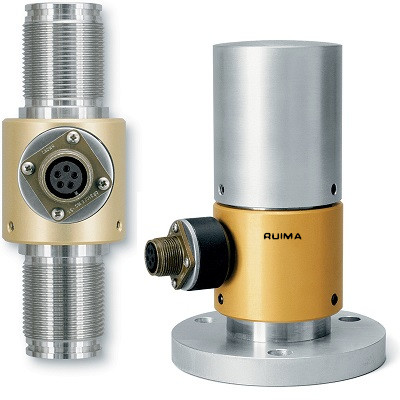What is a Load Cell?
A load cell comes in a few different shapes and sizes to fulfill different purposes. All in all, however, a load cell is a sensor which gives a signal output in response to load applied to it in tension or compression. The most common type of load cell technology, the strain gauge load cell, varies the voltage output in relation to the changing force. A load cells output is typically indecipherable without the use of a load cell indicator. A load cell indicator connects to the load cell and converts the signal into something that is understandable for the operator.
Types of Load Cells:
S-Beam Load Cells are best for versatility. It measures both tension and compression. It has a wide range of capacities and is able to be used with a broad range of hardware.
Z-Beam Load Cells

Z-Beam Load Cells are the most robust load cells on the line. It is made in top-grade material and usually includes the hardware needed. Z-Beams are best used for overhead suspended measurement and should have a built in overload stop.
SGM Load Cells

The SGMT/SGMC Load Cells are designed for overhead suspension measurement and are built to withstand extreme application. This is apparent from its high-grade stainless steel body, 500 percent minimum overload safety factor and full rated pound and kilogram capacities.
No matter what type of loaf cell you purchase, however, there are some key characteristics that every one should have. A load cell should have many different hardware options for use in multiple capacities, such as lifting eyes, eye nuts, threaded studs, compression bases and load buttons. The load cells should also be able to withstand a wide range of weight, from 25 to 100,000 pounds.